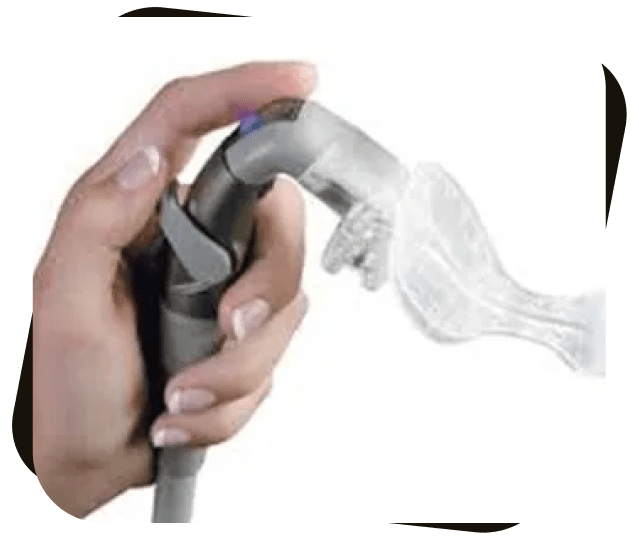Our Technology
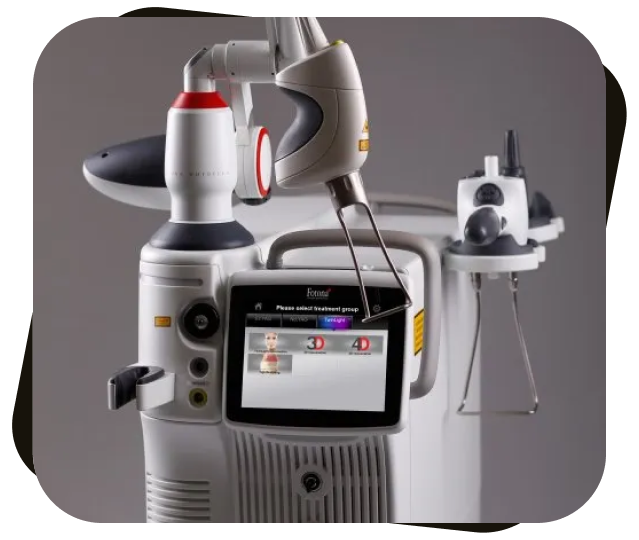
Fotona Laser
- Small dental fillings with no anaesthesia. Children greatly benefit from it.
- for treatment of apthous ulcers/ cold sores
- frenectomy or tongue tie removal for children and adults
- Fibroma/ Hemangioma/ fibrous tissue removal
- Gum disease treatment
- Root canal therapy
The benefits of laser is less postoperative pain, healing is faster and less invasive
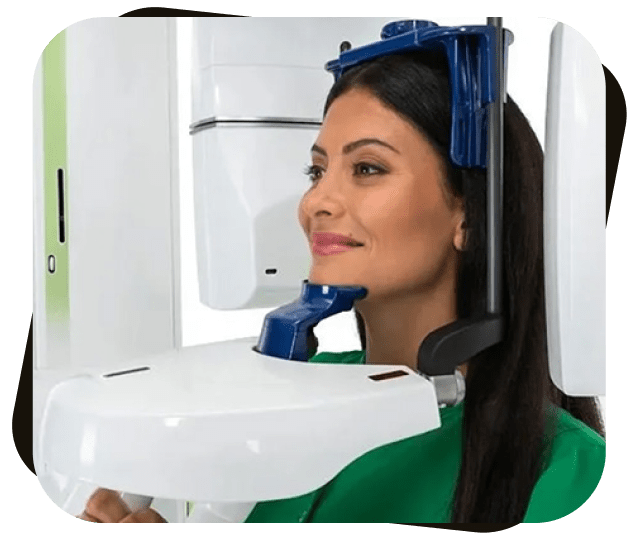
Planmeca ProMax® 3D Mid
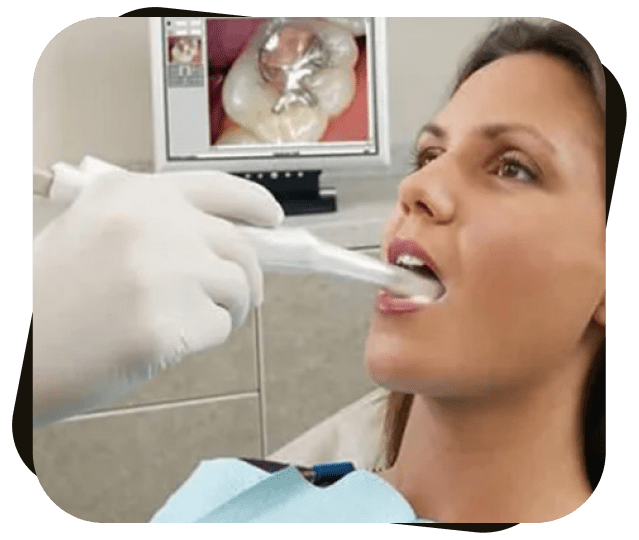
Intraoral Camera
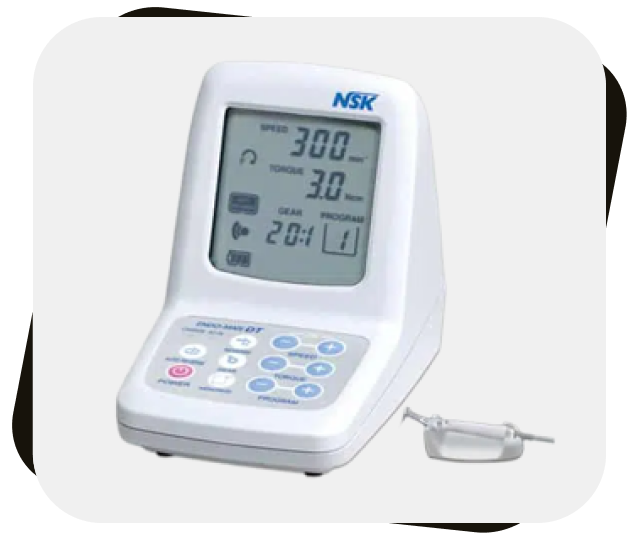
Rotary Endodontics
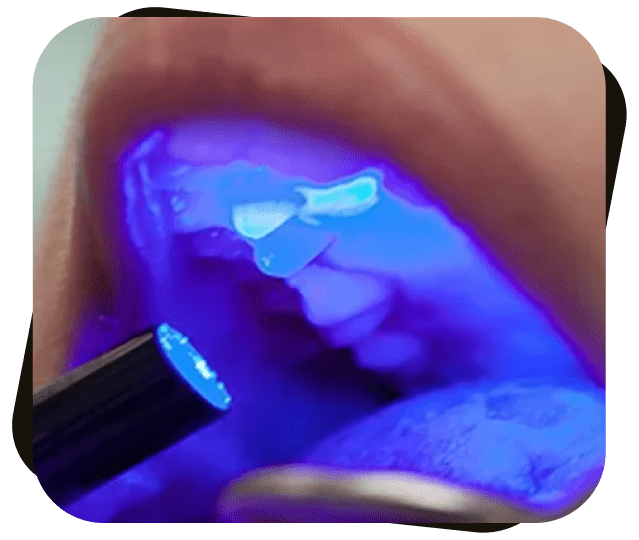
Oral Cancer Screenings
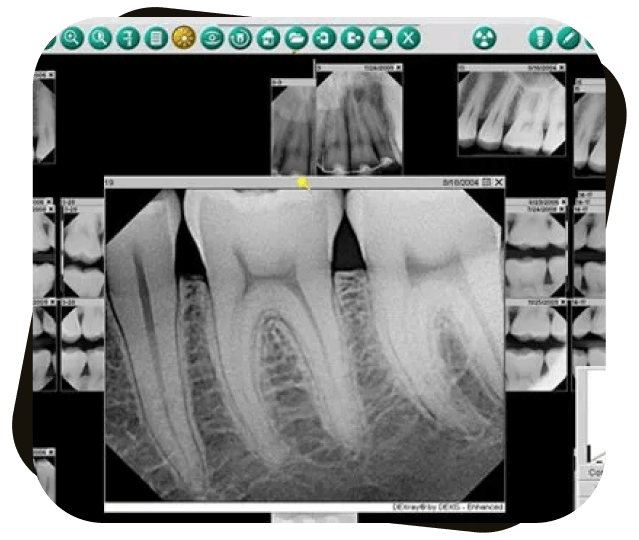
Digital X-ray
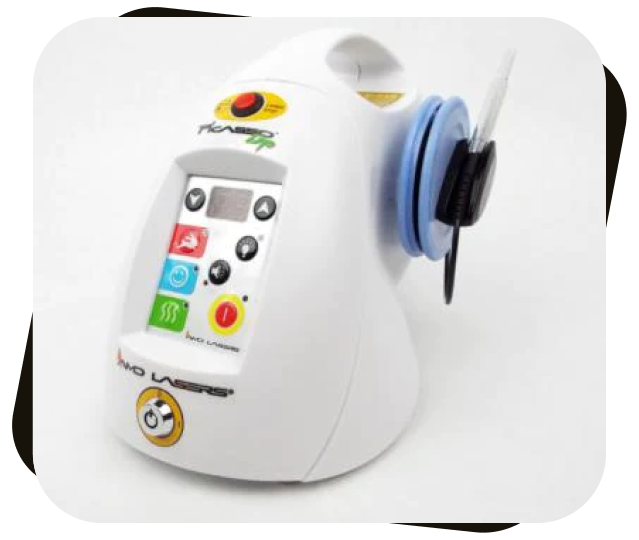
Laser Treatment
All lasers work by delivering energy in the form of light. When used for surgical and dental procedures, the laser acts as a cutting instrument or a vaporizer of tissue that it comes in contact with. When used for “curing” a filling, the laser helps to strengthen the bond between the filling and the tooth. When used in teeth-whitening procedures, the laser acts as a heat source and enhances the effect of tooth-bleaching agents. Some dentists are using lasers to treat:
- Tooth Decay. Lasers are used to remove decay within a tooth and prepare the surrounding enamel for receipt of the filling.
- Gum Disease. Lasers are used to reshape gums and remove bacteria during root canal procedures.
- Biopsy or Lesion Removal. Lasers can be used to remove a small piece of tissue (called a biopsy) so that it can be examined for cancer. Lasers are also used to remove lesions in the mouth and relieve the pain of canker sores.
- Teeth whitening. Lasers are used to speed up in-office teeth whitening procedures. A peroxide bleaching solution, applied to the tooth surface, is ‘activated” by laser energy, which speeds up of the whitening process.
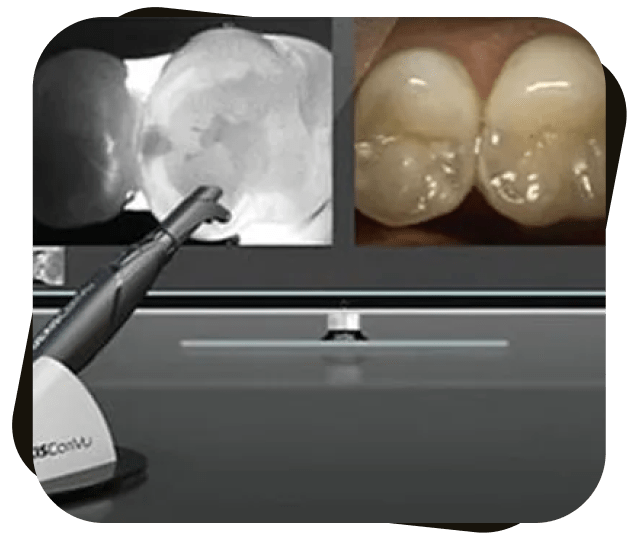
CARIVU
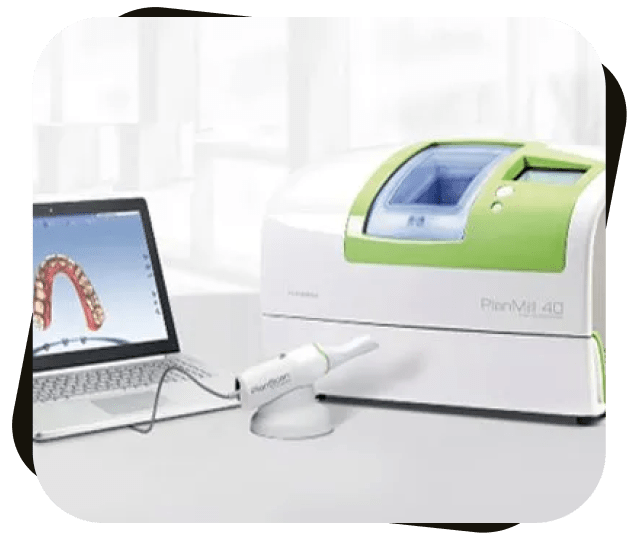
Planmeca OR CAD/CAM
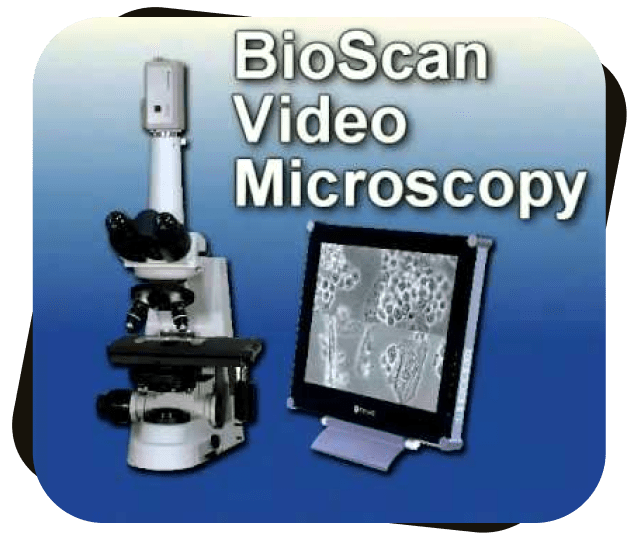
Bio Scan Video Microscopy
Phase contrast microscope – to diagnose the type of bacteria that causes the disease. full series of digital xrays Comprehensive periodontal exam
Dr. Jay and team use a non surgical method to treat gum disease. This is a non invasive method and holistic approach to help patients in recovering their oral health.
For patients who present in the early stages of periodontal disease, nonsurgical periodontal therapy is often the first line of defense against further disease progression. These days, dental professionals have access to an arsenal of nonsurgical treatment options, including manual and ultrasonic scaling and root planing (SRP), antimicrobials, laser therapy, and a variety of other adjuncts.
I know it can be challenging to weed through the clinical evidence to determine the best course of action for patients who may benefit from nonsurgical periodontal therapy, especially when many of these treatments have been developed and marketed with commercial interests in mind.
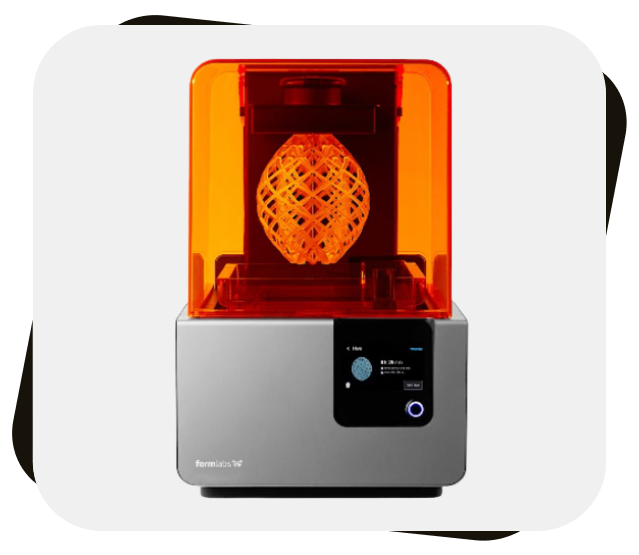
3D Printer
